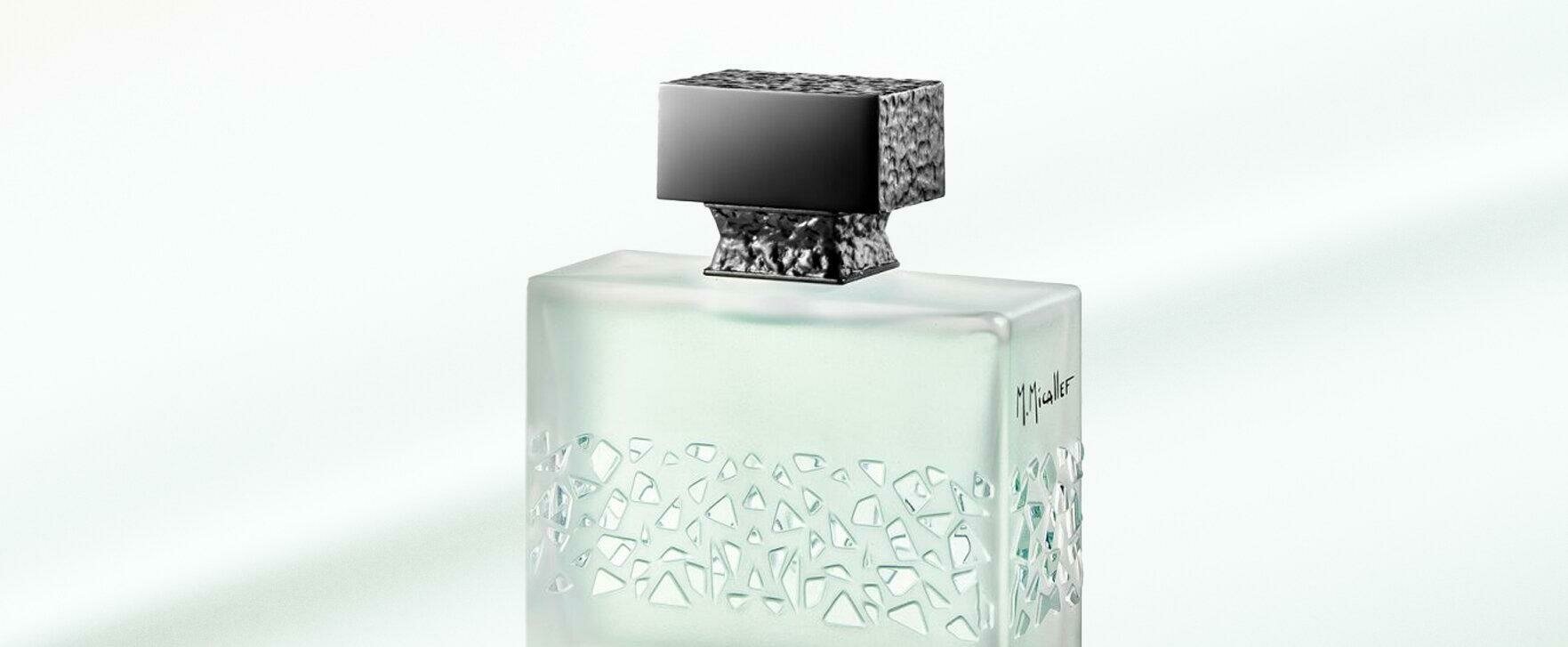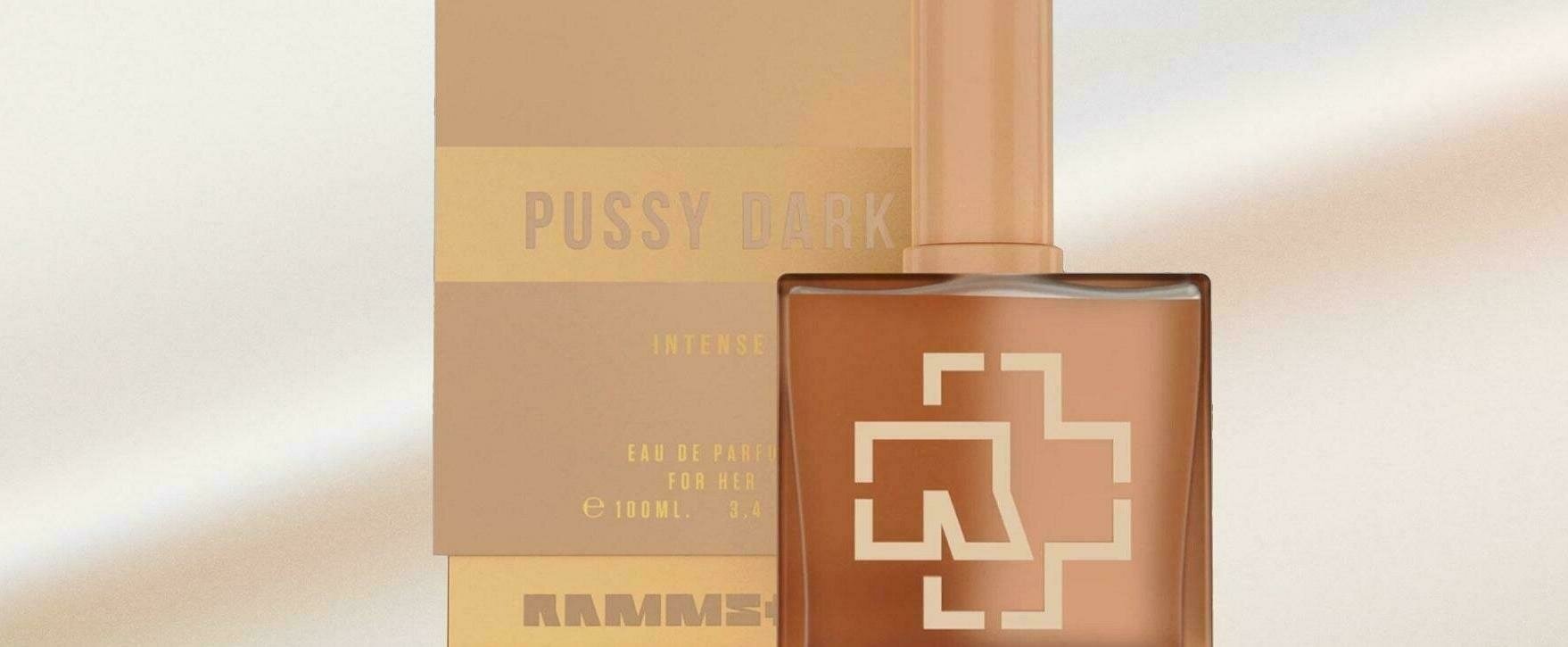The World of Synthetic Fragrances
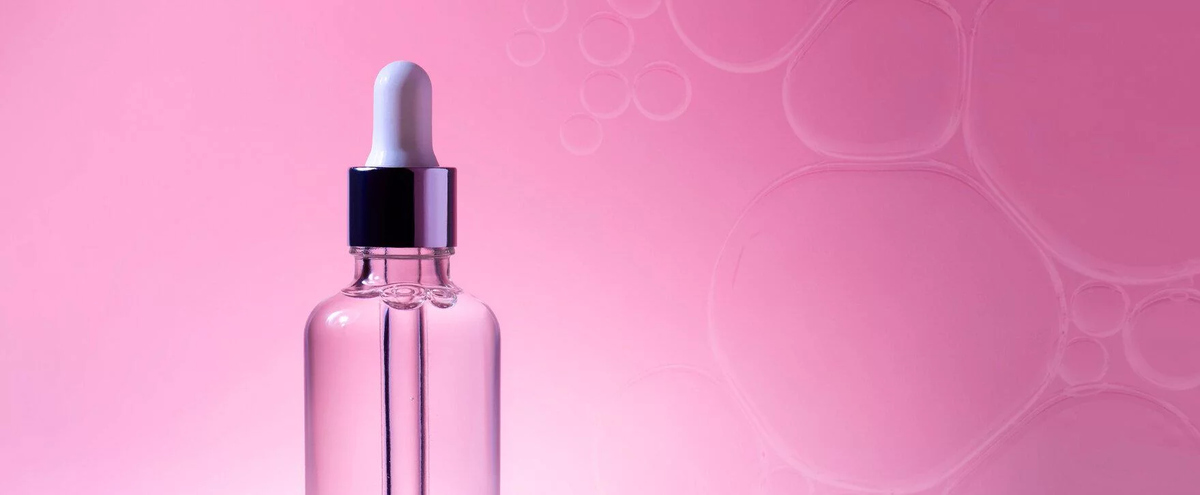
Perfumes are composed of a variety of chemical compounds, including fragrance molecules, which together form a unique scent composition. Whereas in the past, only natural fragrances were used, synthetic fragrance molecules opened up new dimensions in the perfume industry in the 19th century. This article offers a short journey through the world of synthetic fragrances.
Inspired by nature, created in the laboratory
There are two types of synthetic fragrances: Nature-identical fragrances and fully synthetic fragrances. Nature-identical fragrances are chemical compounds that are created artificially, but have the same chemical structure and smell as their natural counterparts. An example of such a fragrance is synthetic linalool, which is also found in lavender oil. Fully synthetic fragrances, on the other hand, are produced entirely in the laboratory and have no natural models. One representative of this is the molecule ISO-E-Super, which is used in many modern fragrances.
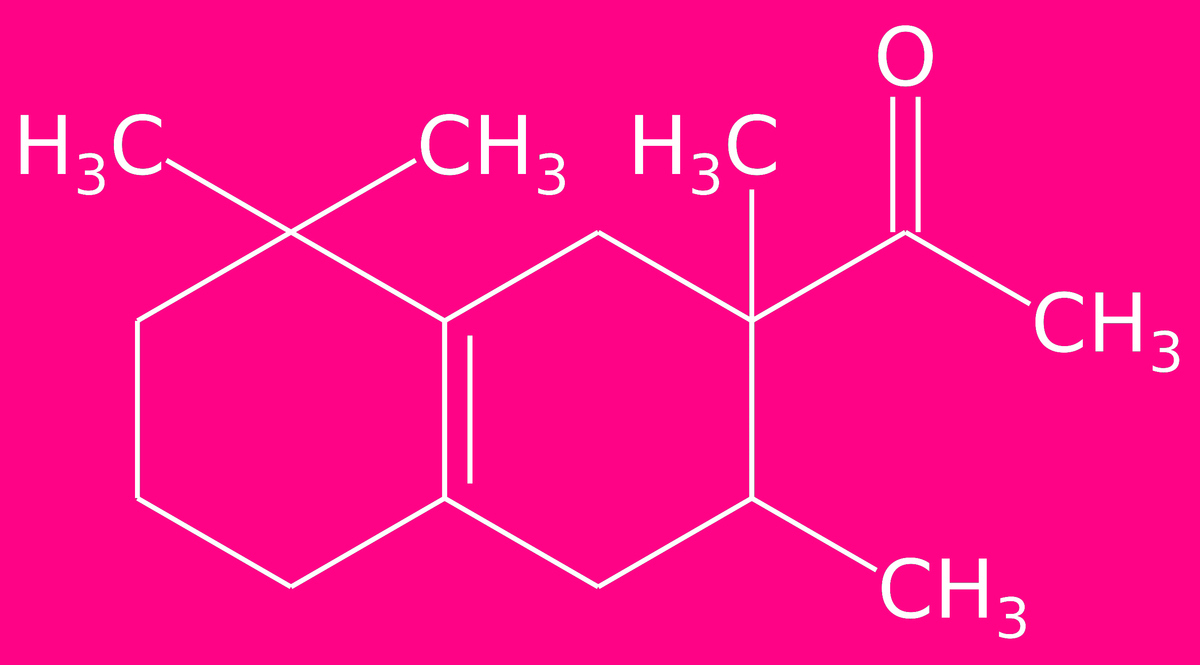
Meanwhile, numerous perfumes consist exclusively of synthetic fragrances. These have the advantage of offering high purity and quality, allowing perfume manufacturers to create an impressive range of fragrances. Compared to natural fragrances, they are less expensive and can be produced throughout the year. In addition, valuable animal fragrances such as civet or musk, which are banned in many countries due to animal and species protection laws, can also be synthetically replaced and used in perfumes.
From Rose to Amber: How Synthetic Fragrances Influence the Character of a Perfume
But what synthetic fragrances are there and how are they perceived in perfumes? Here are some examples:
- Vanillin: Vanillin can be obtained from the vanilla bean as well as produced in the laboratory. In 1858, the fragrance was first synthesized by German chemist Ferdinand Tiemann and his Swiss colleague Wilhelm Haarmann. Vanillin is used in many perfumes as a base note and exudes a sweet and warm scent reminiscent of vanilla.
- Paradisone: Swiss flavor and fragrance manufacturer Firmenich first synthesized Paradisone in the 1990s. Paradisone exudes a fresh, floral fragrance with notes of grapefruit, jasmine and a light touch of musk. Its intense and persistent fragrance can be used as a top, heart or base note, depending on the desired effect.
- Ambroxan: In the 1950s, ambroxan was developed as an inexpensive substitute for the rare gray amber. Its warm and woody scent is reminiscent of amber, oak and musk. Ambroxan is often used as a base note in masculine perfumes to create a deep fragrance composition.
- ISO-E-Super: ISO-E-Super was invented in 1975 by the German company International Flavors & Fragrances. It has a unique, scintillating fragrance that is difficult to describe. Reminiscent of sandalwood and cedar, it contains amber notes and is at the same time delicate, sweet and velvety.
- Calone: In 1966, Calone (methylbenzodioxepinone) was patented by the pharmaceutical company Pfizer. Calone gives off a fresh and aquatic scent reminiscent of fresh seawater with a slight citrus note. Calone is often used in the top or heart notes to create a refreshing and invigorating composition.
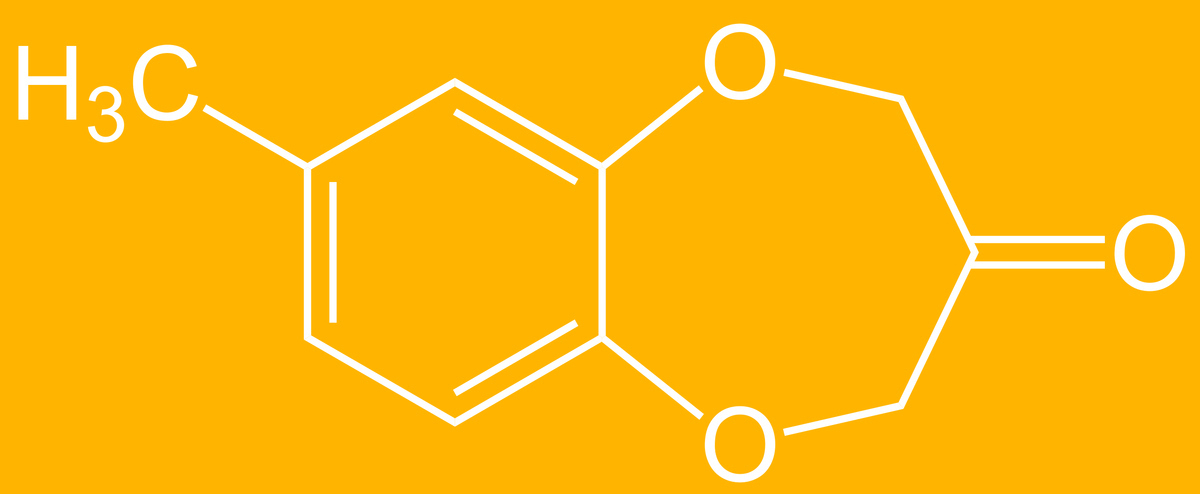
How are synthetic fragrances made?
As a rule, the production is carried out by chemical synthesis processes. Numerous fragrance molecules are used, which can be of both natural and synthetic origin. Depending on the specific properties and requirements of the desired fragrance, various methods and technologies are used for its production. One particularly frequently used method is aromatic synthesis, in which chemical compounds are produced from different starting materials. Another option is fermentation, in which microorganisms are used to produce the specific fragrances.
Suppose the goal is to create vanillin synthetically. To produce the flavor, guaiacol or lignin usually serve as starting materials. While lignin is a component of plant cell walls, guaiacol occurs naturally in beech wood tar and the resin of guaiaca trees. The production can now be carried out in steps simplified here:
1. First, the starting material is oxidized with an oxidizing agent, such as sodium hypochlorite. This produces the intermediate product vanillic acid
2. Vanillic acid is decarboxylated under the action of acid and heat, which means that the carboxyl group is removed. This produces the desired end product vanillin.
3. After completion of the synthesis, the vanillin is purified and usually crystallized again to achieve a higher purity. The final product has an almost identical chemical structure and odor as the natural vanillin.
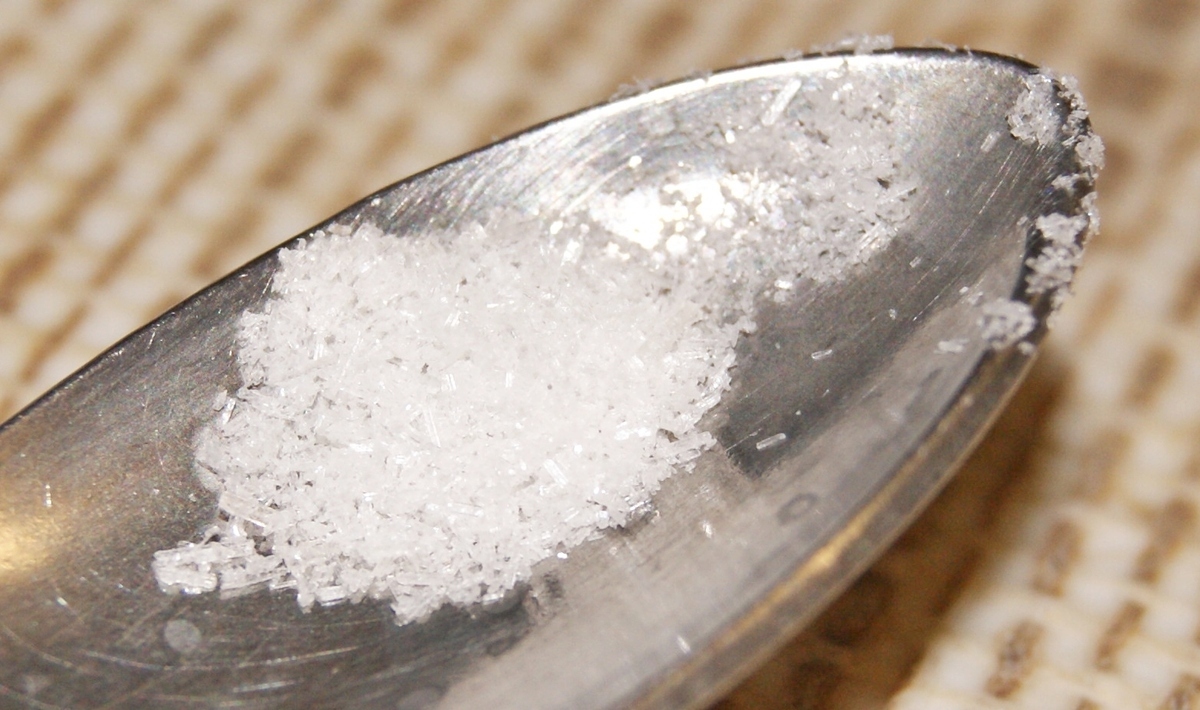
Molecular Perfumes: How do the niche fragrances work
Synthetic fragrances open up numerous possibilities for the perfume industry to create completely new types of perfumes - including molecular fragrances. Although these are not a novelty, they are gaining in popularity. But what makes these perfumes special? Unlike traditional perfumes, which are often composed of a variety of ingredients, molecular perfumes use only one or a few molecules in high concentrations. These molecules often have a strong olfactory effect and can smell different depending on the individual chemistry of the wearer.
Two well-known fragrances in this field are "Molecule 01"and "Escentric 05". "Molecule 01" is based on the synthetic molecule ISO-E-Super and is perceived by many people as warm and woody with a hint of musk. "Escentric 05" on the other hand, contains the synthetic molecule Cashmeran as its main ingredient and is often described as smoky, woody and slightly fruity.
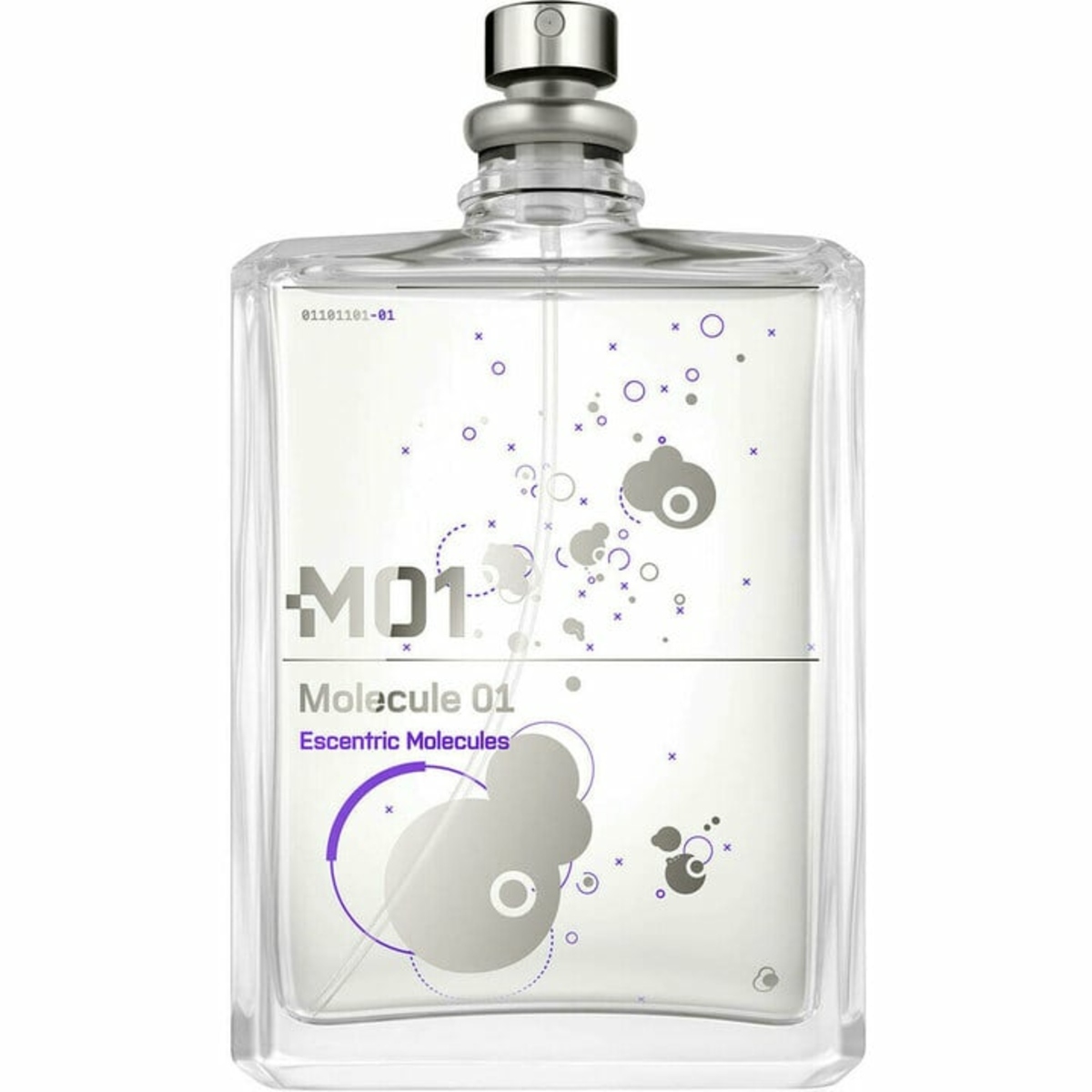
The dangers of synthetic fragrances
Although synthetic fragrances offer many benefits due to their wide range of uses and low manufacturing costs, they are controversial. Some synthetic fragrances have been classified as persistent and bioaccumulative, meaning they can accumulate in the environment and living organisms, causing hormonal effects and health problems. For example, studies have shown that synthetic musk compounds have been detected in breast milk, which could pose a risk to the child.
Synthetic fragrances in the EU must be controlled before they are used in cosmetic products. However, many fragrances and flavorings have not yet been sufficiently studied to fully assess their long-term effects on health and the environment.
Furthermore, in the EU, not all fragrances contained in a product need to be explicitly listed on it. This is only required if they are present in sufficiently large concentrations or belong to fragrances with a high allergy potential. If this is not the case, only general designations such as "Parfum", "Fragrance", "Flavour" or "Aroma" are used in the list of ingredients. However, as the aspect of sustainability becomes increasingly important in society, more and more companies are focusing on research and development activities to produce biodegradable synthetic fragrances through biotechnology and synthetic biology.
But regardless of whether we are talking about perfumes with synthetic or natural fragrances, it is ultimately our individual perception and preference that decides which fragrances we are enthusiastic about.
Photo credits: iStock (Ninell_Art), Danny S


 Mikayla
Mikayla